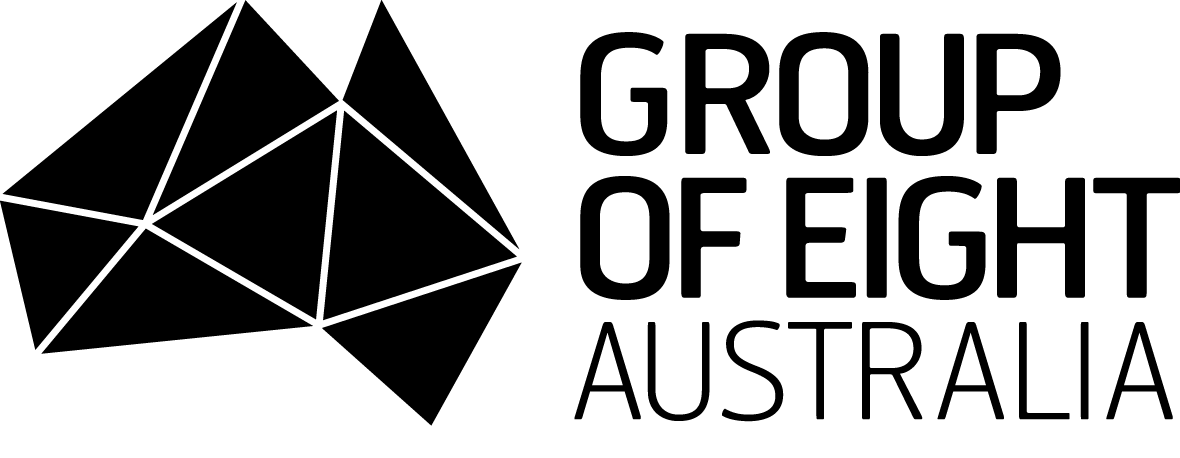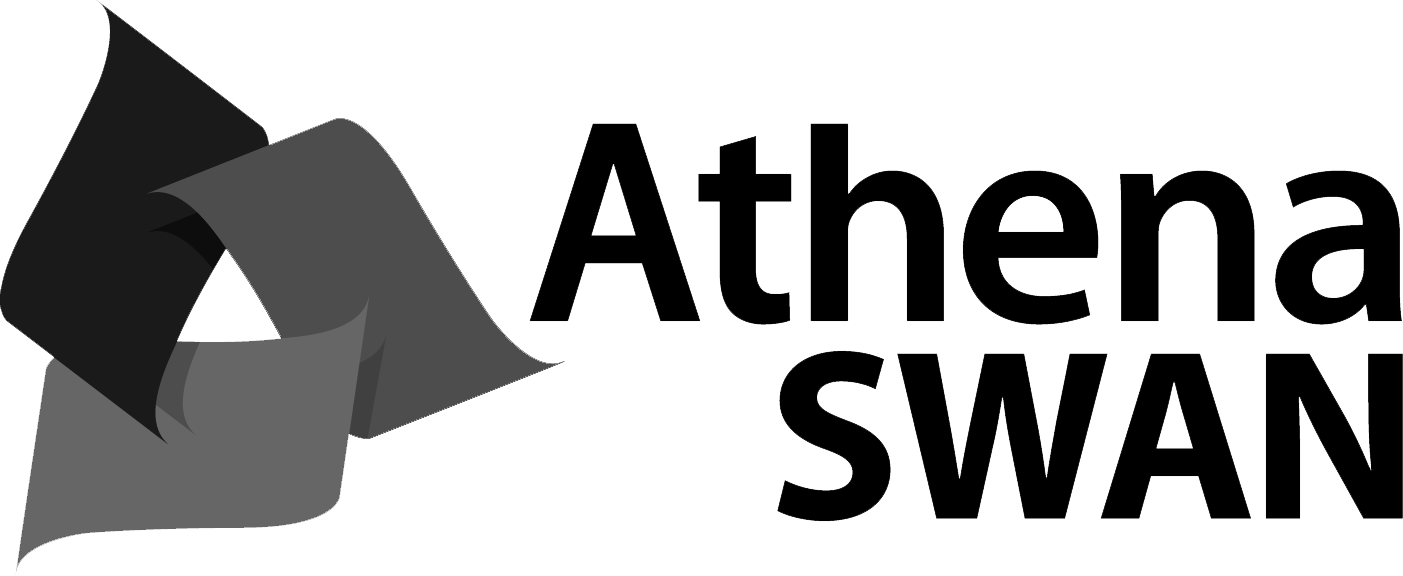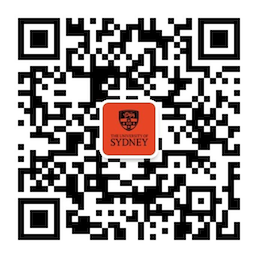
Leadership for good starts here
Media
Student links
ABN: 15 211 513 464
CRICOS Number: 00026A
TEQSA: PRV12057



